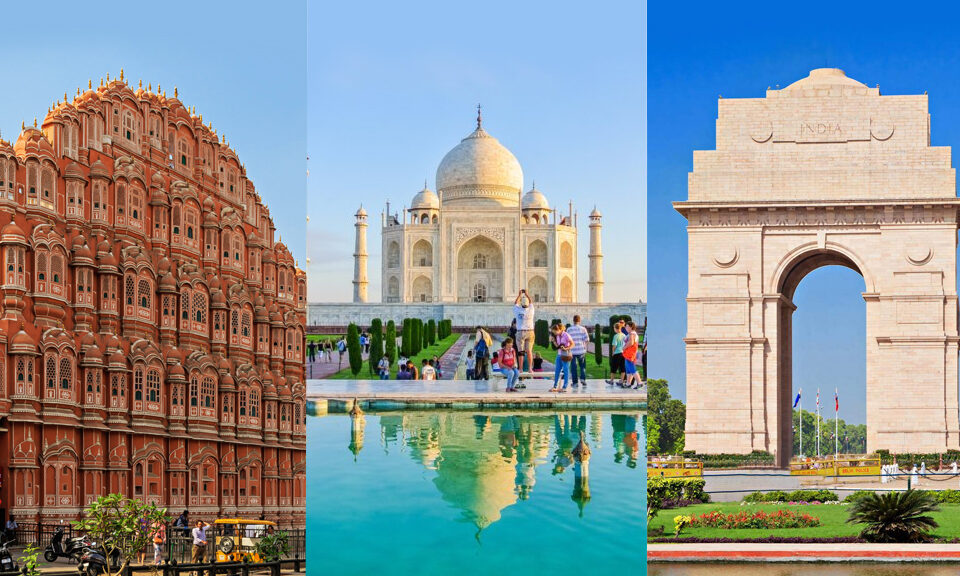- Have any Question ?
- +91 9899787314
- 0120-4543757
- contactus@indiawildsafaris.com

Embark on an unforgettable adventure with India Wild Safaris, your gateway to the untamed beauty of Bandhavgarh. Our Bandhavgarh Safari Package offer a seamless blend of luxury and wilderness, promising an experience of a lifetime in the heart of India.
Discover Bandhavgarh:
Nestled in the Vindhya Hills of Madhya Pradesh, Bandhavgarh National Park is a haven for wildlife enthusiasts and nature lovers. Known for its thriving biodiversity and a significant population of the majestic Bengal tigers, this park stands as a testament to India’s rich natural heritage.
India Wild Safaris – Your Expedition Partner:
At India Wild Safaris, we understand the essence of a perfect safari experience. Our Bandhavgarh Safari Package are meticulously crafted to ensure that every moment is filled with excitement and awe. Whether you are a seasoned wildlife enthusiast or a first-time adventurer, our expert guides and luxurious accommodations guarantee an unparalleled journey.
Tailored Bandhavgarh Safari Packages: Choose from our diverse range of Bandhavgarh Safari Package, each designed to cater to different preferences and durations. From half-day excursions to extended wilderness retreats, we offer flexibility to match your schedule and desires. Immerse yourself in the rhythm of the jungle with our thoughtfully curated itineraries.
Inclusions that Exceed Expectations: India Wild Safaris believes in providing more than just a safari. Our packages include comfortable accommodations, delectable meals, and professional guides who share their wealth of knowledge about the flora and fauna of Bandhavgarh. Rest assured, your safety and satisfaction are our top priorities.
Bandhavgarh Safari Package Highlights:
- Tiger Safaris: Witness the majesty of Bengal tigers in their natural habitat during our specially crafted tiger safaris.
- Bird Watching Tours: Explore the avian wonders of Bandhavgarh with our expert birdwatching guides.
- Luxury Camping: Experience the thrill of camping under the stars with our exclusive luxury camping options.
- Photography Expeditions: Capture the breathtaking landscapes and wildlife moments with our photography-focused packages.
- Village Walks: Immerse yourself in the local culture with guided walks through nearby villages.
Why Choose India Wild Safaris?:
- Expertise: Our experienced guides possess an in-depth knowledge of Bandhavgarh, ensuring an informative and engaging safari experience.
- Luxurious Accommodations: Indulge in comfort after a day of exploration with our carefully selected accommodations.
- Sustainable Tourism: We are committed to responsible tourism, prioritizing the conservation of the environment and wildlife.
Booking Your Bandhavgarh Safari Package: Ready to embark on the adventure of a lifetime? Explore our Bandhavgarh Safari Package and book your journey with India Wild Safaris today. Immerse yourself in the wilderness, where every moment is a discovery, and every sight is a masterpiece of nature.
Choose India Wild Safaris for an extraordinary Bandhavgarh safari experience that goes beyond expectations. Your wild expedition awaits!



